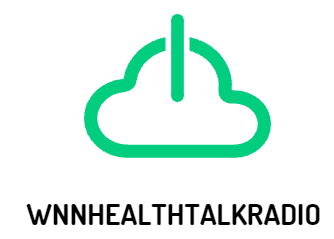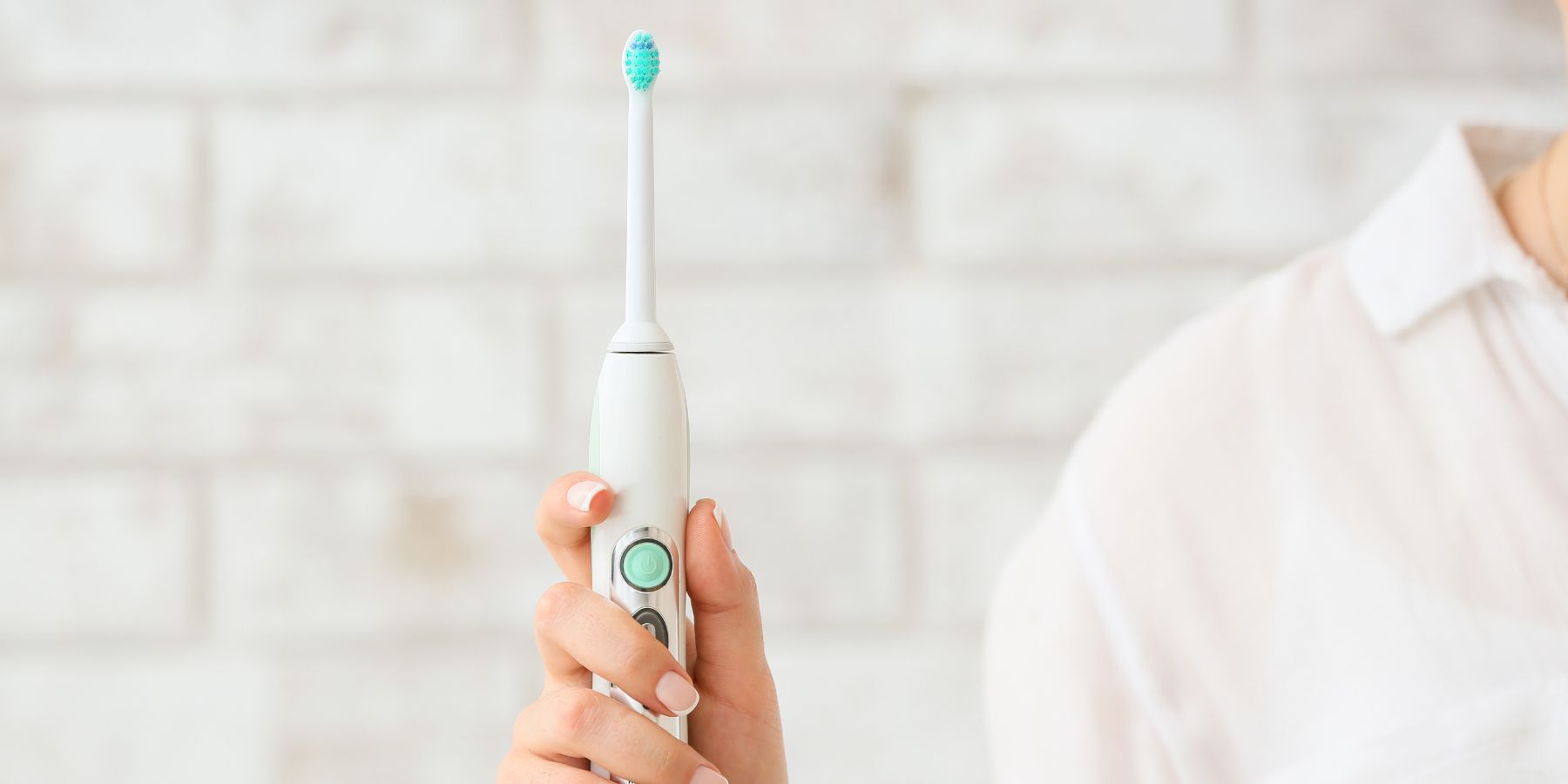In the world of oral hygiene, electric toothbrushes have become increasingly popular for their efficiency and effectiveness. If you're considering making the switch or have already started using one, there are several things you should know to get the most out of your electric toothbrush. This guide covers everything from selecting the right toothbrush to maintaining it properly, including how to clean an electric toothbrush.
What is an Electric Toothbrush?
An electric toothbrush is a toothbrush that uses electric power to move the brush head. This movement can be oscillating, where the brush head makes back-and-forth motions, or sonic, where it vibrates at high speeds. These movements help to remove plaque more effectively than manual brushing.
Benefits of Using an Electric Toothbrush
More Effective Plaque Removal
Electric toothbrushes are known to remove more plaque and reduce gingivitis more effectively than manual toothbrushes, primarily due to their advanced bristle movements.
Easier for People with Limited Mobility
For those with arthritis, carpal tunnel, or any condition that reduces hand mobility, an electric toothbrush can be a game-changer, making brushing less physically demanding.
Built-in Timers
Most electric toothbrushes come with built-in timers to help you brush for the dentist-recommended two minutes.
Various Brushing Modes
Many models offer different modes for sensitive teeth, gum massage, whitening, or deep cleaning.
Choosing the Right Electric Toothbrush
When selecting an electric toothbrush, consider the following:
Type of Movement: Decide between oscillating or sonic based on your preference.
Brush Head Size: Make sure the brush head size is comfortable for your mouth.
Battery Life: Consider how long the toothbrush holds a charge, especially if you travel frequently.
Price: Electric toothbrushes range in price. Determine your budget and find the best within that range.
How to Use an Electric Toothbrush
Using an electric toothbrush is slightly different from a manual one:
Apply a pea-sized amount of toothpaste to the brush.
Place the toothbrush at a 45-degree angle to your gums.
Turn the toothbrush on and gently move it from tooth to tooth, spending a few seconds on each one. Let the brush do the work – no need to scrub.
Brush the outer surfaces, inner surfaces, and chewing surfaces of your teeth.
Brush your tongue to remove bacteria and freshen breath.
How to Clean Electric Toothbrush
Keeping your electric toothbrush clean is crucial for oral hygiene:
- Rinse the brush head thoroughly under running water after each use.
- Once a week, remove the brush head and rinse the base and head separately.
- For a deep clean, soak the brush head in antibacterial mouthwash for a few minutes.
- Wipe down the handle with a damp cloth and mild soap.
- Allow the brush head to dry completely before reattaching it to the handle.
Replacing the Brush Head
It’s important to replace the brush head every three months, or sooner if the bristles are visibly frayed. Worn bristles can’t clean teeth as effectively.
Electric Toothbrush Storage
Store your electric toothbrush upright in a holder where it can air dry. Avoid covering the brush head, as this can lead to the growth of bacteria.
Traveling with an Electric Toothbrush
When traveling, use a protective case to store your toothbrush. If your toothbrush has a rechargeable battery, remember to take the charger or ensure it’s fully charged.
Safety and Precautions
Avoid pressing too hard as it can damage your gums and tooth enamel.
Don’t share brush heads with others.
Keep the toothbrush away from water when it’s charging.
Conclusion
An electric toothbrush can be a valuable tool in maintaining good oral hygiene. By understanding how to choose, use, and care for your toothbrush, you can ensure you’re getting the most effective clean possible. Remember, regular brushing, along with proper cleaning and maintenance of your electric toothbrush, will help keep your teeth and gums healthy.


